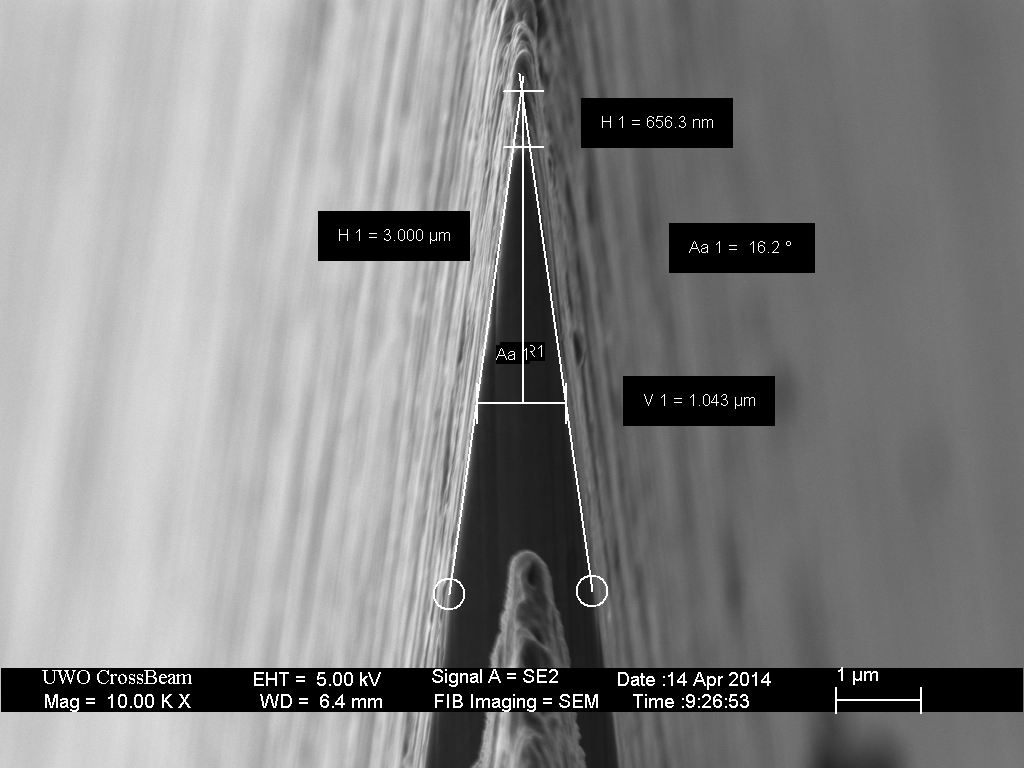I'm just beginning - although I've sharpened my own knives since the 1980s, mostly hunting knives or pocket knives. But I started out with a Lansky system and used it for a few decades. About four years ago I switched to the Spyderco Sharpmaker 204. I have a small collection of Spyderco knives that I keep sharp.
Recently I discovered Japanese kitchen knives and I'm now on another journey. After buying a few knives, I ordered a Suehiro combination stone to try my hand at freehand sharpening. I didn't want to spend a lot of money on stones to start, so I thought a 1000 - 3000 would be good beginning.
I watched Jon Broida's videos and practiced on an old Henckels utility knife. This morning I spent some time on a SS santoku my wife abused a bit, then cleaned up the edge on my new Misono honesuki carbon steel which I previously used on one chicken. I wasn't entirely satisfied the OOTB sharpness of the Misono, but the polished edge sure looked impressive.
I took my time and it was a very satisfying experience. After the stones, I stropped with a couple of swipes on a leather strop loaded with green chromium oxide. They easily pass the paper test. Now I need to cut another chicken to see if I actually improved the performance of the Misono honesuki. I can see this as a therapeutic and addictive activity!
I flattened the stones when I finished. I was surprised - the stones still looked flat but with penciled grid lines I saw the 1000 had low spots after three knives. Enough of my rambling.
Recently I discovered Japanese kitchen knives and I'm now on another journey. After buying a few knives, I ordered a Suehiro combination stone to try my hand at freehand sharpening. I didn't want to spend a lot of money on stones to start, so I thought a 1000 - 3000 would be good beginning.
I watched Jon Broida's videos and practiced on an old Henckels utility knife. This morning I spent some time on a SS santoku my wife abused a bit, then cleaned up the edge on my new Misono honesuki carbon steel which I previously used on one chicken. I wasn't entirely satisfied the OOTB sharpness of the Misono, but the polished edge sure looked impressive.
I took my time and it was a very satisfying experience. After the stones, I stropped with a couple of swipes on a leather strop loaded with green chromium oxide. They easily pass the paper test. Now I need to cut another chicken to see if I actually improved the performance of the Misono honesuki. I can see this as a therapeutic and addictive activity!
I flattened the stones when I finished. I was surprised - the stones still looked flat but with penciled grid lines I saw the 1000 had low spots after three knives. Enough of my rambling.





